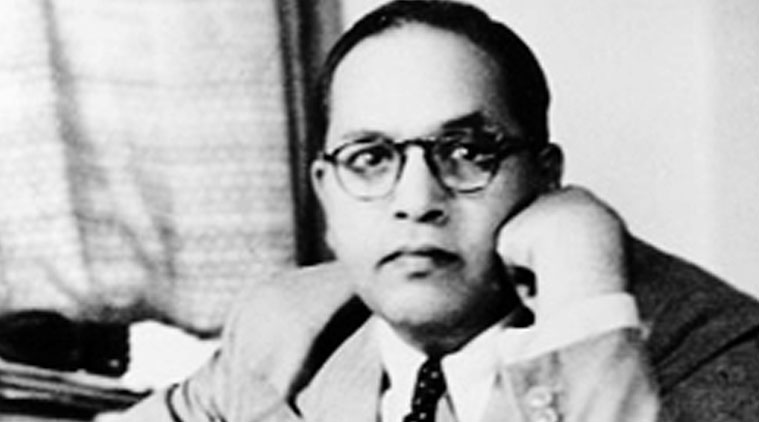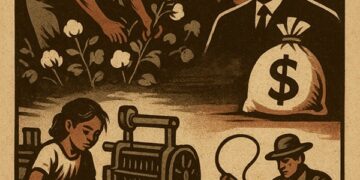By: Prof. Nazim Hussain Al- Jafri / Hilal Ahmad Tantray
In India Firstly, physicians who wrote medical accounts were focused on describing and discussing the teachings of prominent medical writers, starting with the classical and earliest of these texts including ‘Sushruta Samhita’ by Sushruta and ‘Charaka Samhita’ by Charaka. These texts, originating centuries ago, formed the foundational knowledge upon which subsequent medical practices and theories were built. Secondly, these historical accounts aimed to present the ideas from these ancient texts as relevant and practical medical knowledge for their time. They weren’t just documenting the past; they were interpreting and applying historical medical teachings to the medical practices of their own era.
Therefore, the history of medicine at its outset was not merely a record of past events but rather a way of transmitting and reinforcing timeless truths that shaped the practice and profession of medicine in those early periods. It served as a means to educate current practitioners on the enduring principles that guided medical practice and theory at that particular point in history.
Later on, additional significant texts emerged, including ‘Bhela Samhita’, ‘Astangahrdaya Samhita’ by Vagbhata, ‘Bhava-Prakasa’ by Bhavamisra, and ‘Sarngadhara Samhita’ by Madhavakara. These works introduced new concepts such as restructuring medical agendas based on pathological categories, the use of metallic compounds, and theories on respiration. These developments marked a progressive evolution in medical thought and practice, demonstrating how ancient principles continued to influence and adapt to new medical challenges and understandings over time.
The evolution of medicine in India presents a captivating journey spanning ancient times to the present day, characterized by significant progress and a diverse range of influences. During the stone age, tools originally used as weapons began to find application in surgical procedures, evident from archaeological findings like Mesolithic rock paintings in Bhimbekta rock caves depicting early surgical practices on skulls. Concurrently, psychotherapy played a vital role in primitive medical care, where illnesses were often attributed to supernatural causes such as demons. The emergence of the Indus valley civilization around the 3rd Millennium BC brought advancements along the Indus river. However, the intricacies of their medical practices remain largely obscure due to the challenge of deciphering scripts from that era.
As the civilization declined around the 2nd millennium BC, the arrival of Indo-Europeans (Aryans) introduced Vedic scriptures, which hinted at a rudimentary medical system with references to healing rituals and herbal remedies. Ayurveda, the classical system of Indian medicine, flourished in the post-Vedic period, distinguishing itself by adopting a rational approach devoid of mystical beliefs.
Rooted in Sanskrit texts like the ‘Atharvaveda’, Ayurveda categorized diseases and treatments, emphasizing preventive and curative aspects. It defined bodily humors (doshas) and components, laying the foundation for herbal medicines and therapies still practiced today. During the Samhita period (6th century BC to 7th century AD), classical works such as the Sushruta Samhita and Caraka Samhita emerged as comprehensive treatises on Ayurveda.
Sushruta Samhita, renowned for its detailed surgical techniques including rhinoplasty and cataract surgery, significantly advanced the field with practical anatomical insights and surgical procedures. Ancient India had renowned centers of medical education, such as Takshashila (Taxila) and Nalanda, where scholars from various parts of the world studied medicine along with other subjects. The spread of medical knowledge continued through various epochs, influenced by interactions with foreign powers like the Portuguese, Dutch, and British East India Company. These encounters facilitated the exchange of medical ideas, with significant works like Garcia d’Orta’s “Coloquios dos simples e drogas he cousas medicinais da India” being the first medical book printed in India.
Unani medicine, introduced during the Delhi Sultanate and enriched during the Mughal era, integrated Greek and Persian medical teachings, contributing to the diversity of medical practices in India. Siddha medicine, rooted in Dravidian culture, emphasized alchemy and mineral based treatments, alongside Ayurveda and Unani.
Colonial influences, particularly by the British, initially led to mutual learning and later to policies favoring Western medical education over traditional practices. However, traditional medicine continued to thrive, supported by nationalist movements during India’s struggle for independence. Post-independence, the Indian government has actively promoted both Ayurveda and modern medicine, recognizing the value of traditional systems alongside allopathic treatments.
In conclusion, the history of medicine in India is a jumbles woven with ancient wisdom, cultural exchanges, and enduring practices. From early surgical tools to sophisticated Ayurvedic principles and the resilience of traditional systems amidst colonial challenges, India’s medical heritage reflects a continuous evolution shaped by diverse influences and ongoing efforts to integrate ancient wisdom with contemporary healthcare needs.
Prof. Nazim Hussain Al- Jafri is from Department of History and Culture, Jamia Millia Islamia, New Delhi.
Hilal Ahmad Tantray is a Research scholar, Department of History and Culture, Jamia Millia Islamia, New Delhi.





